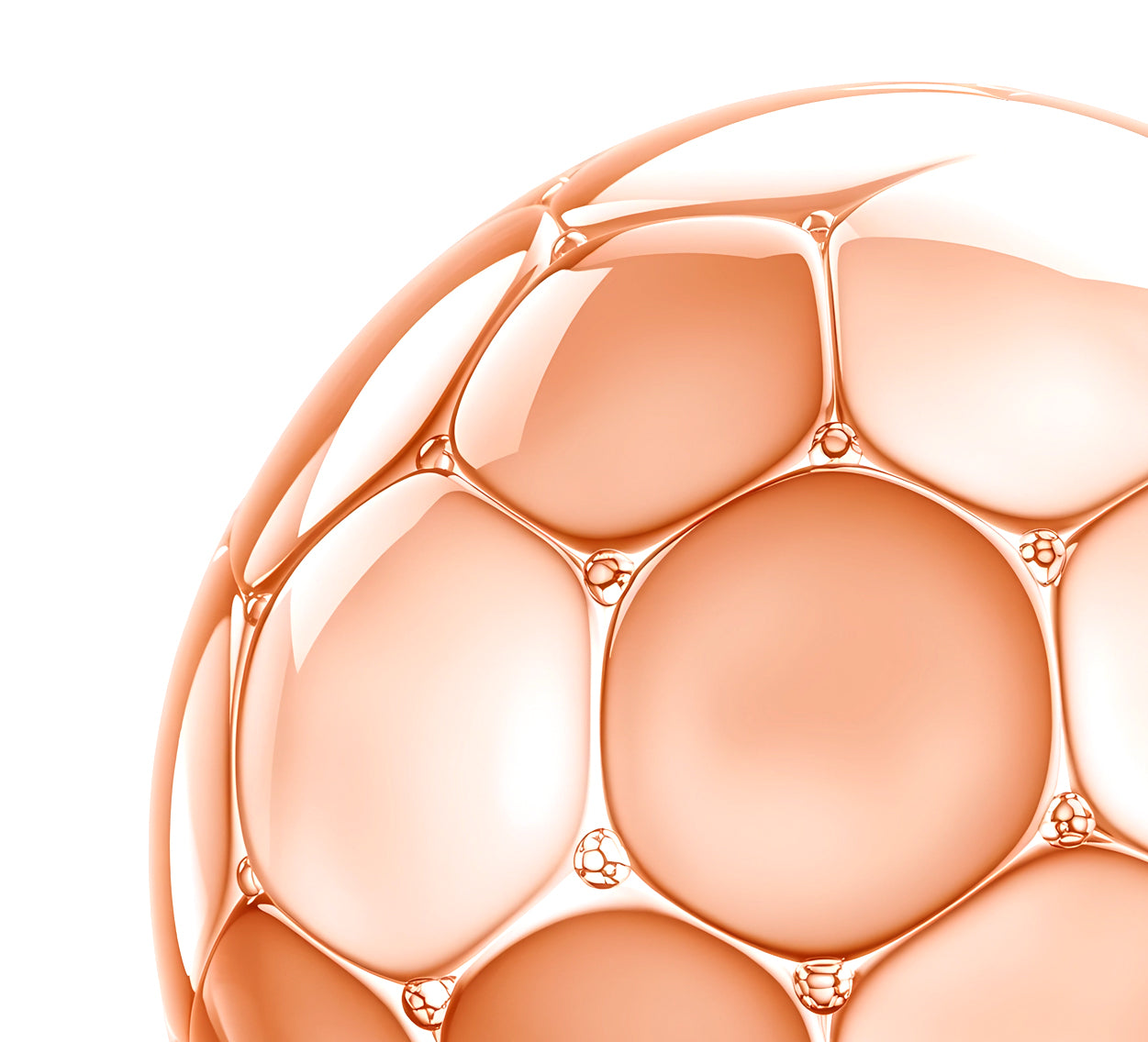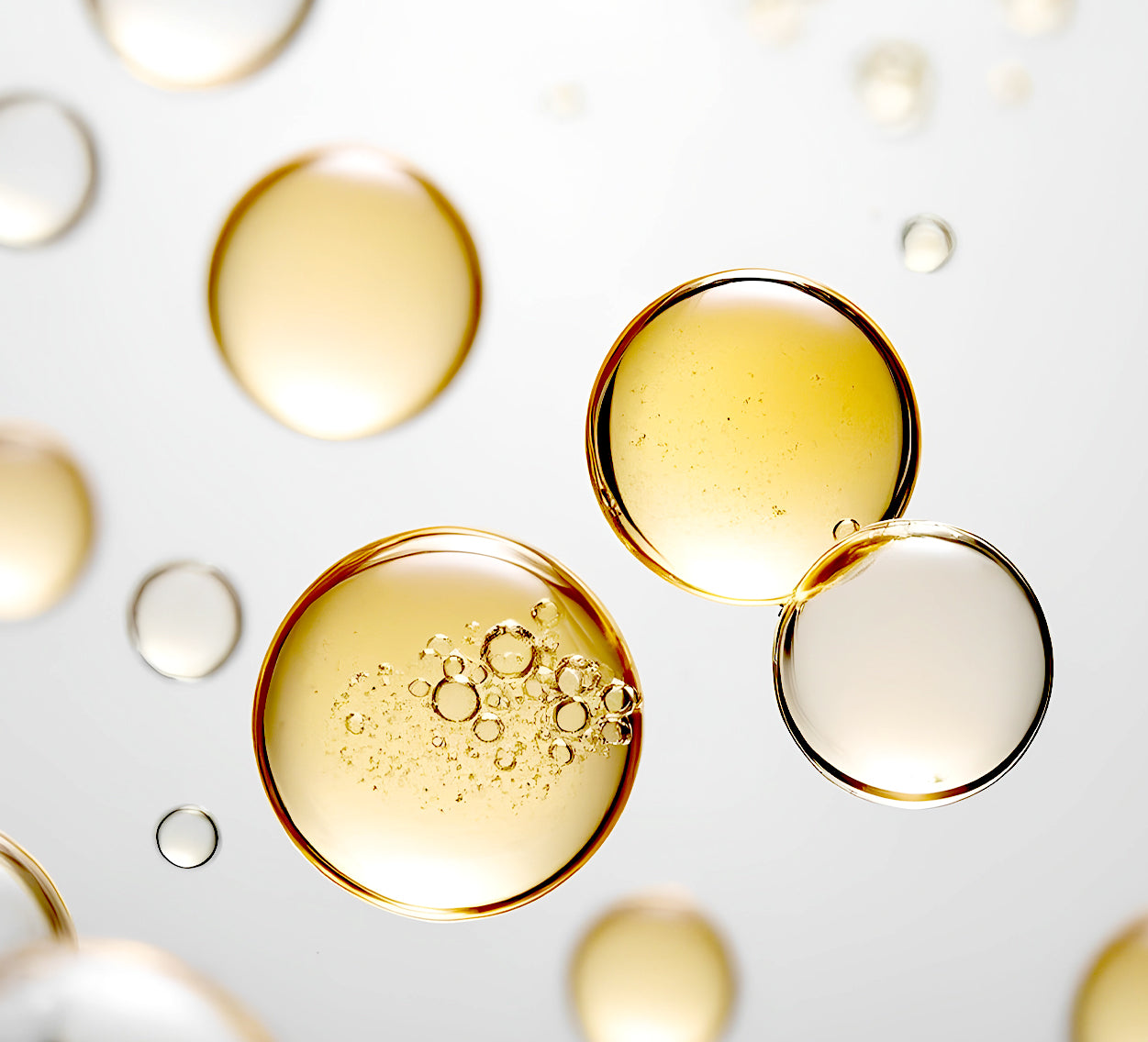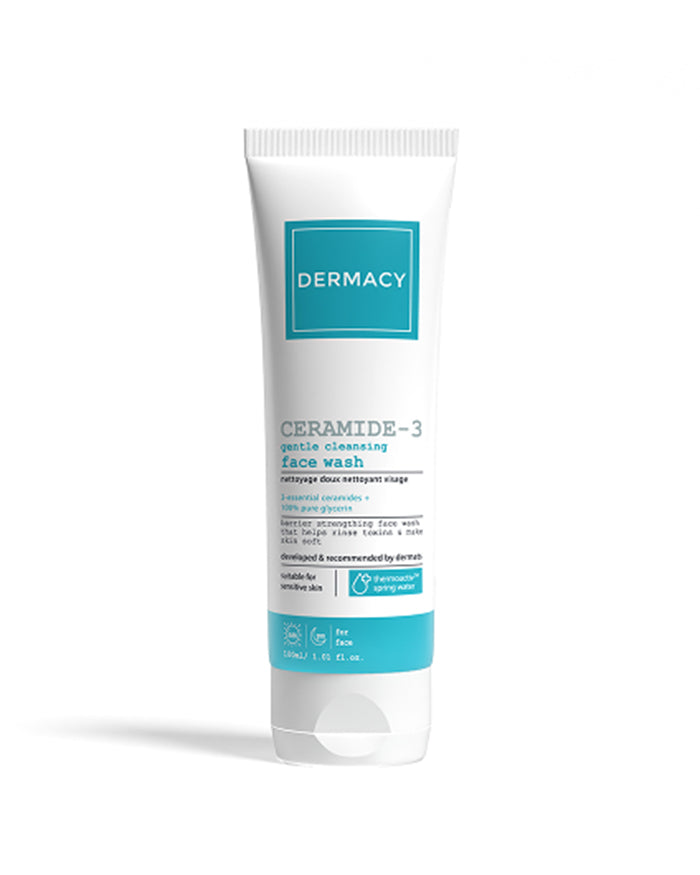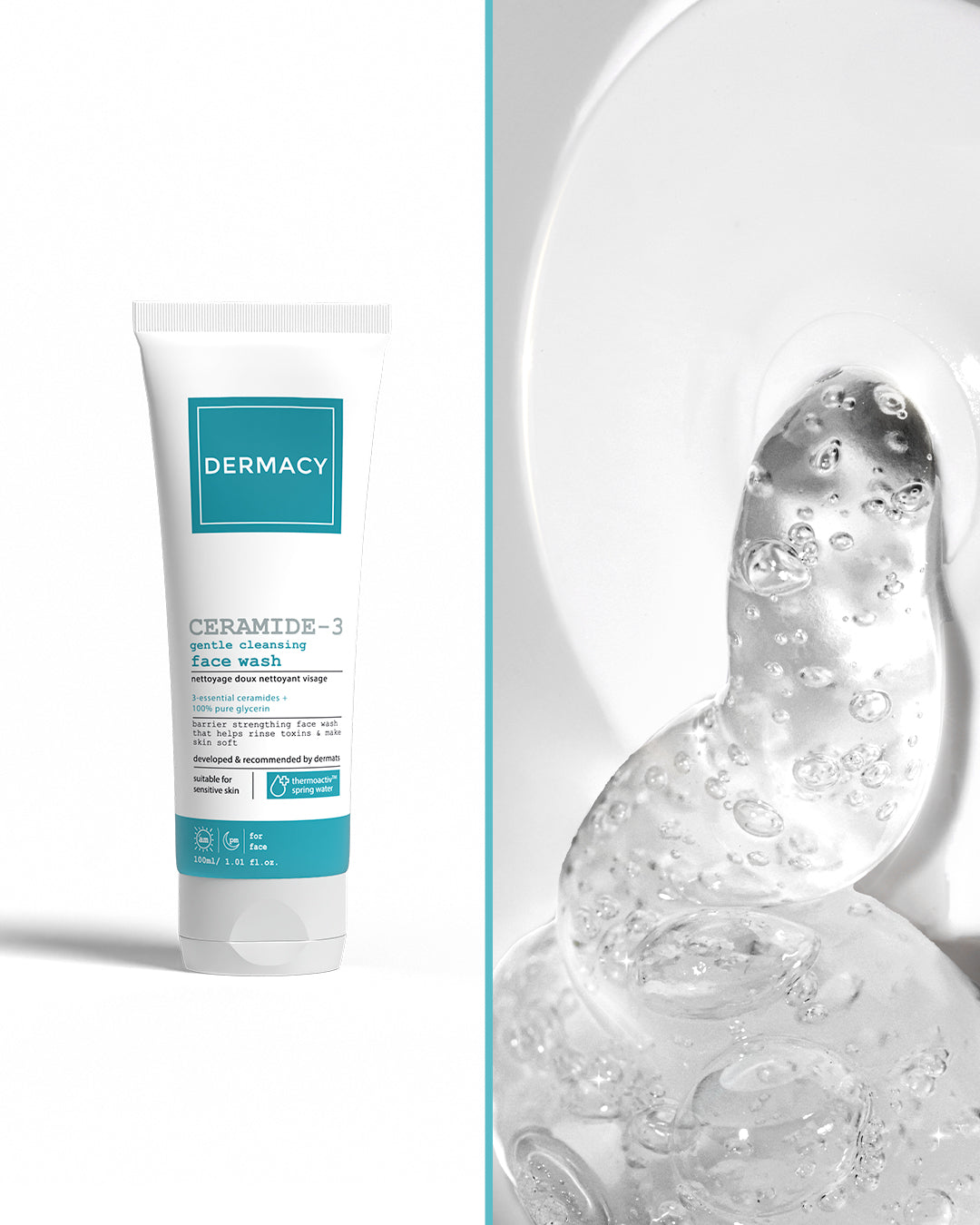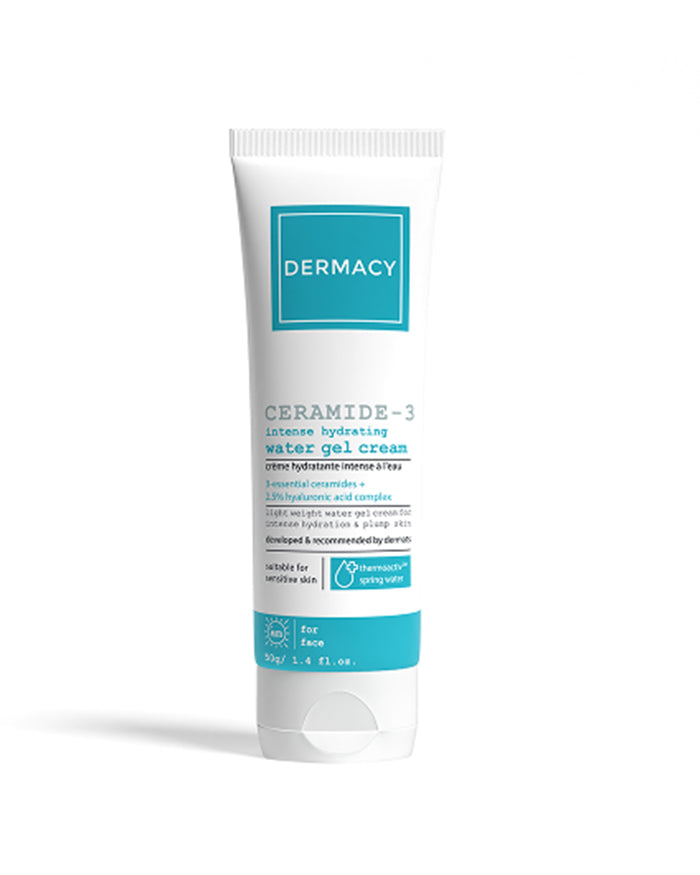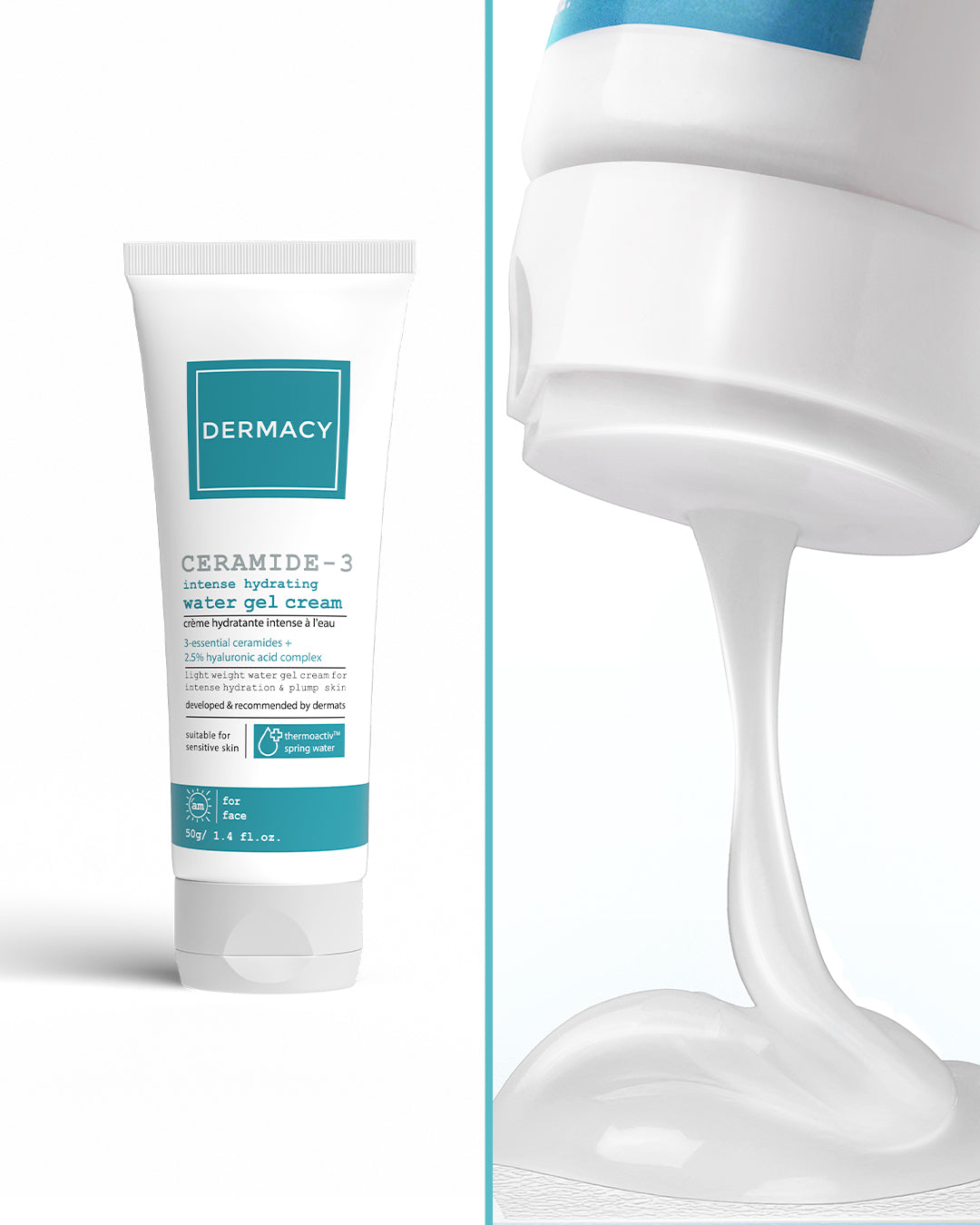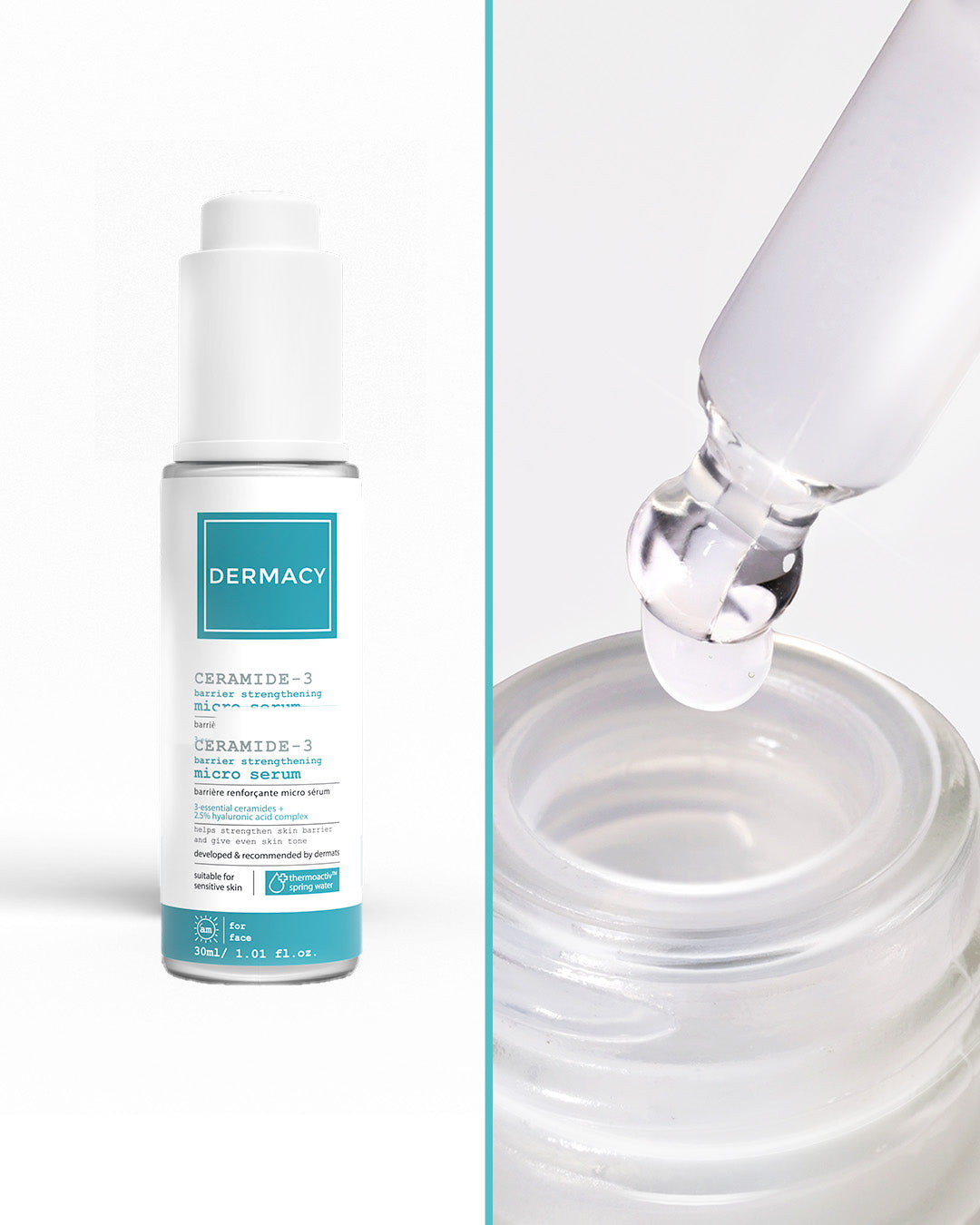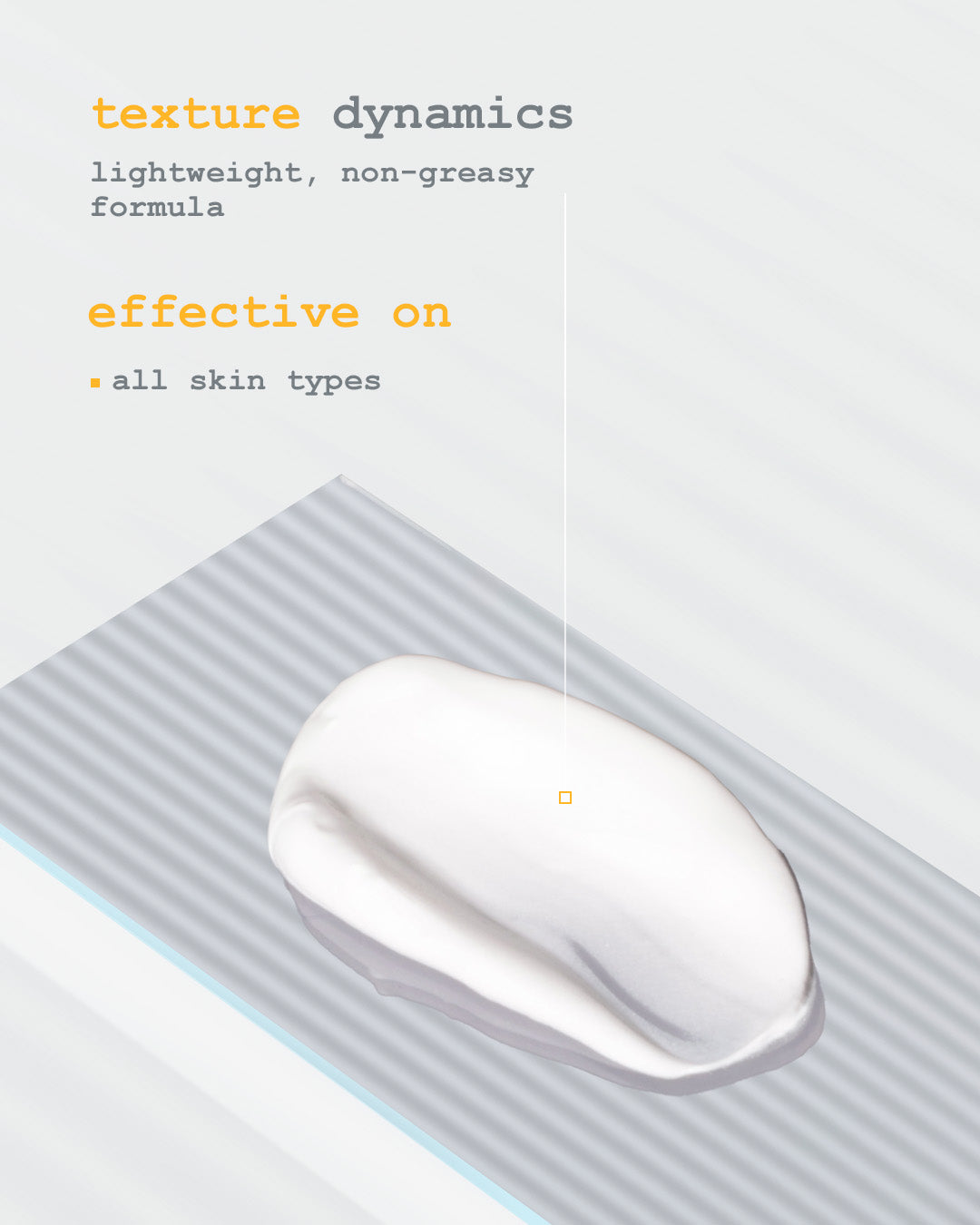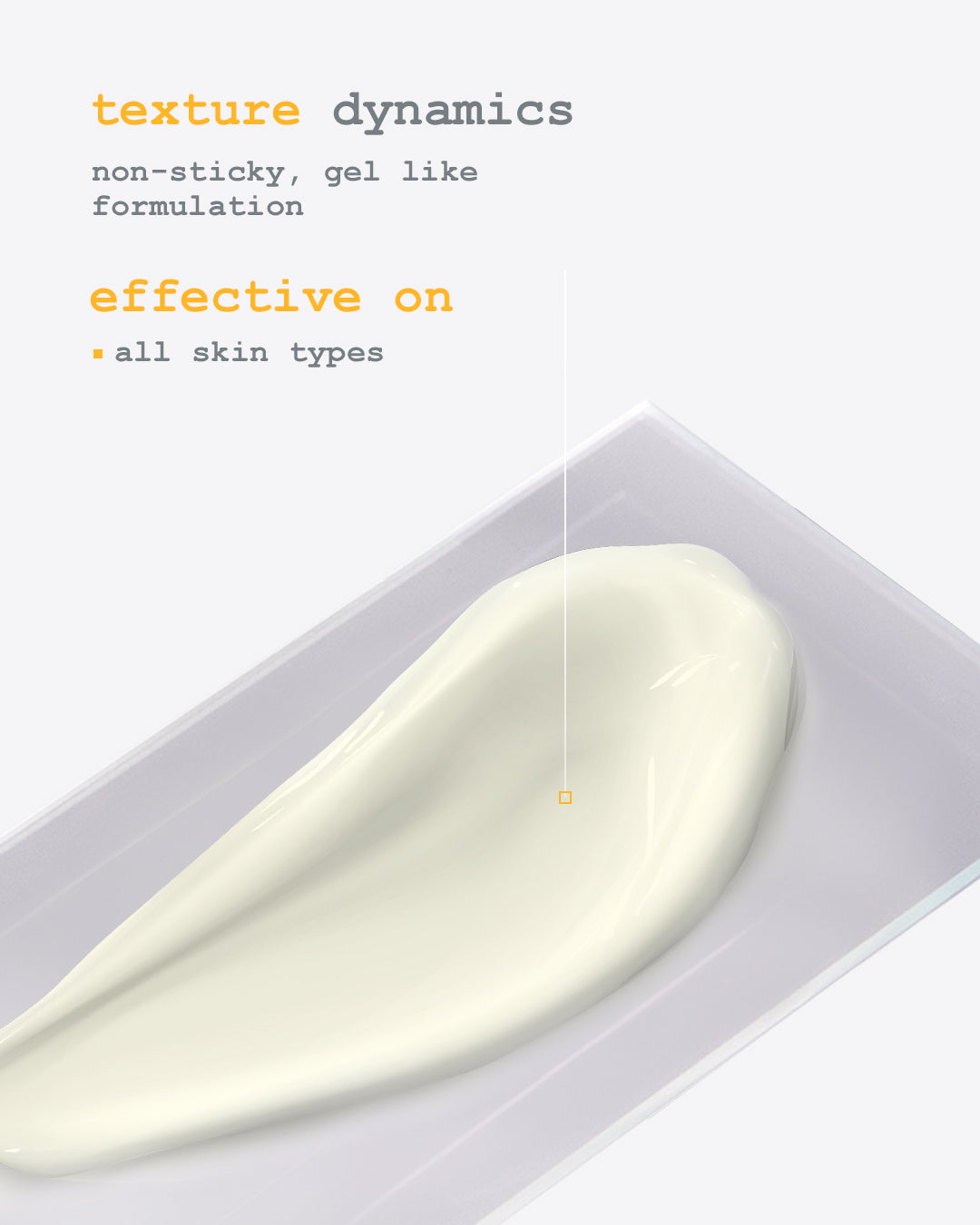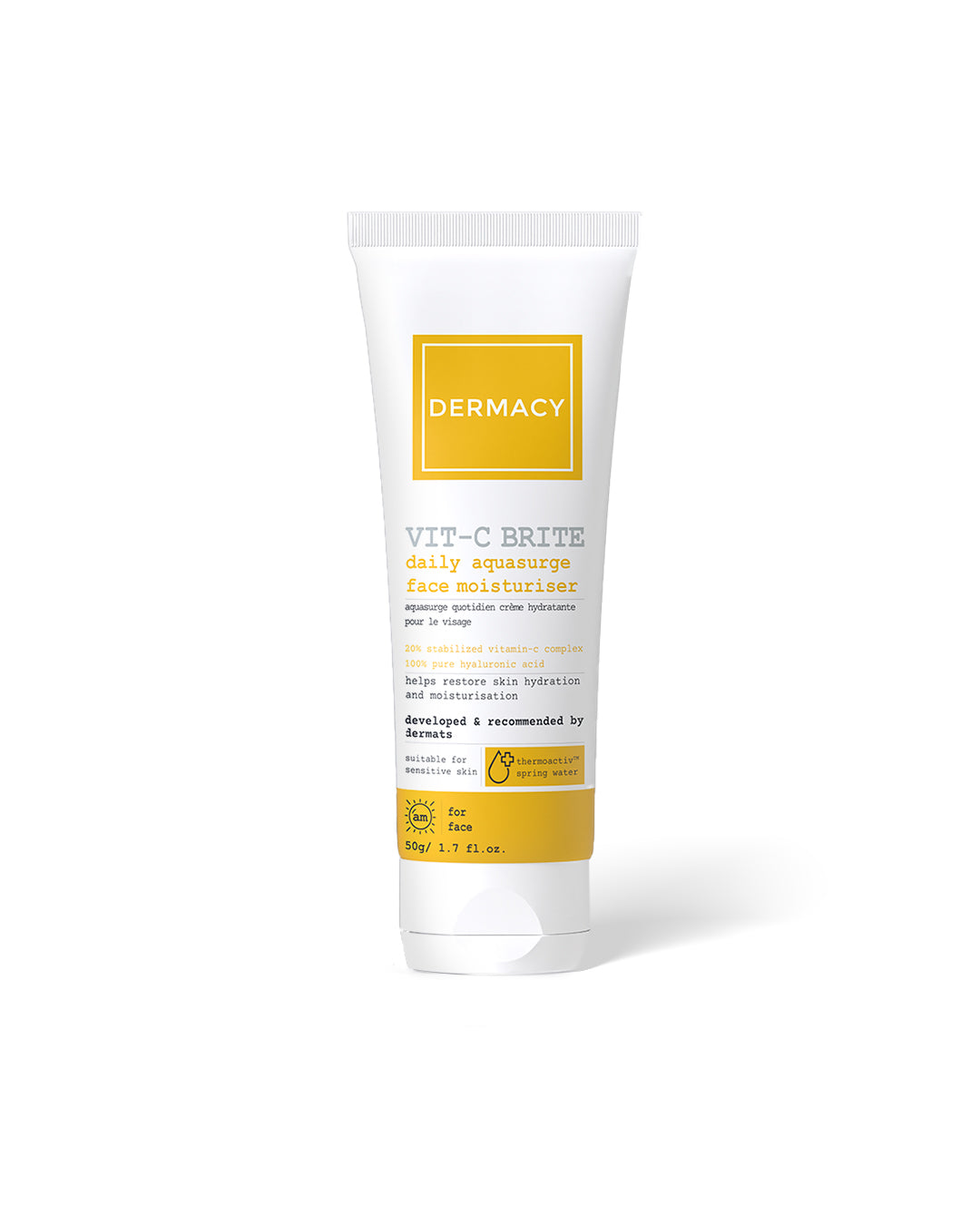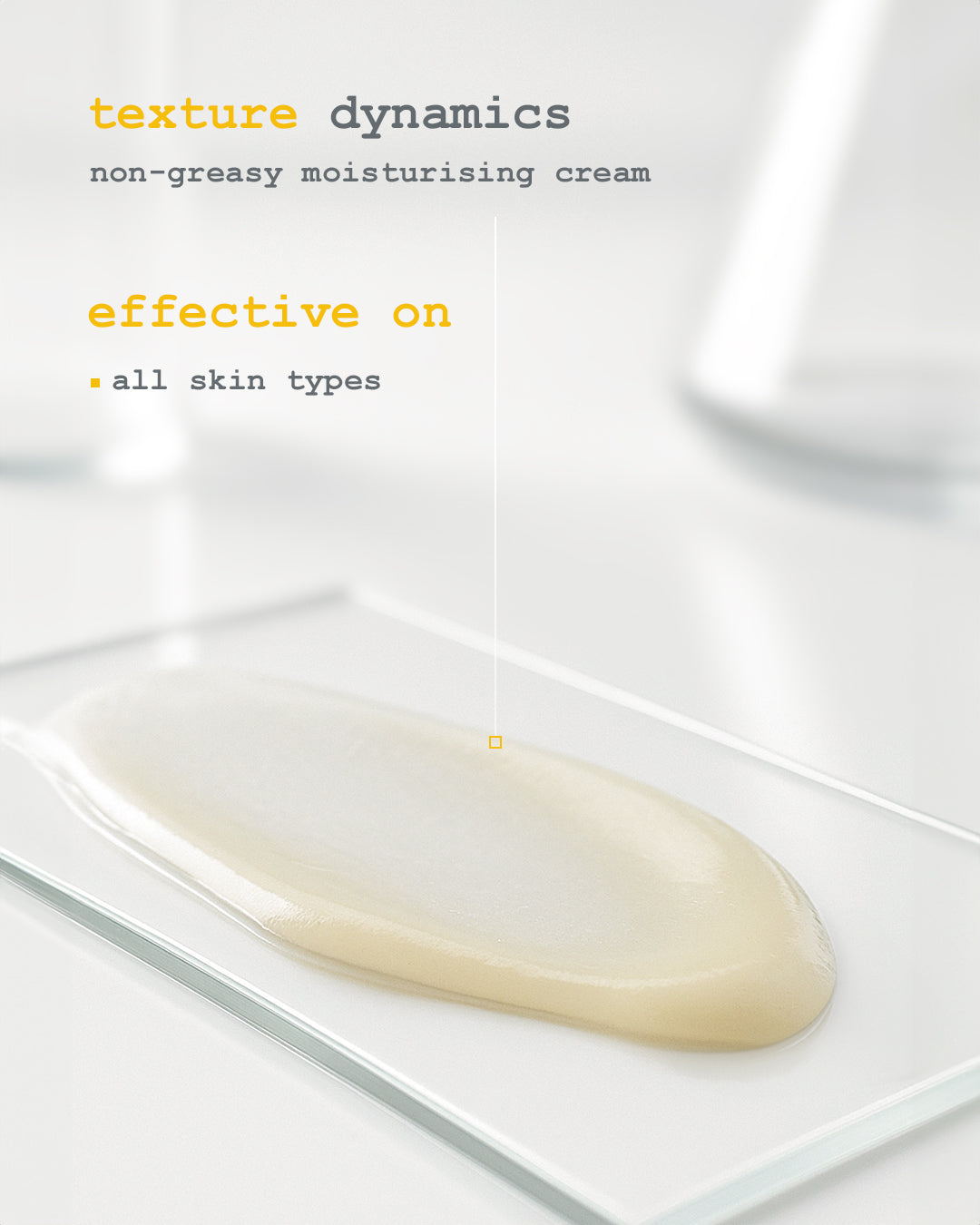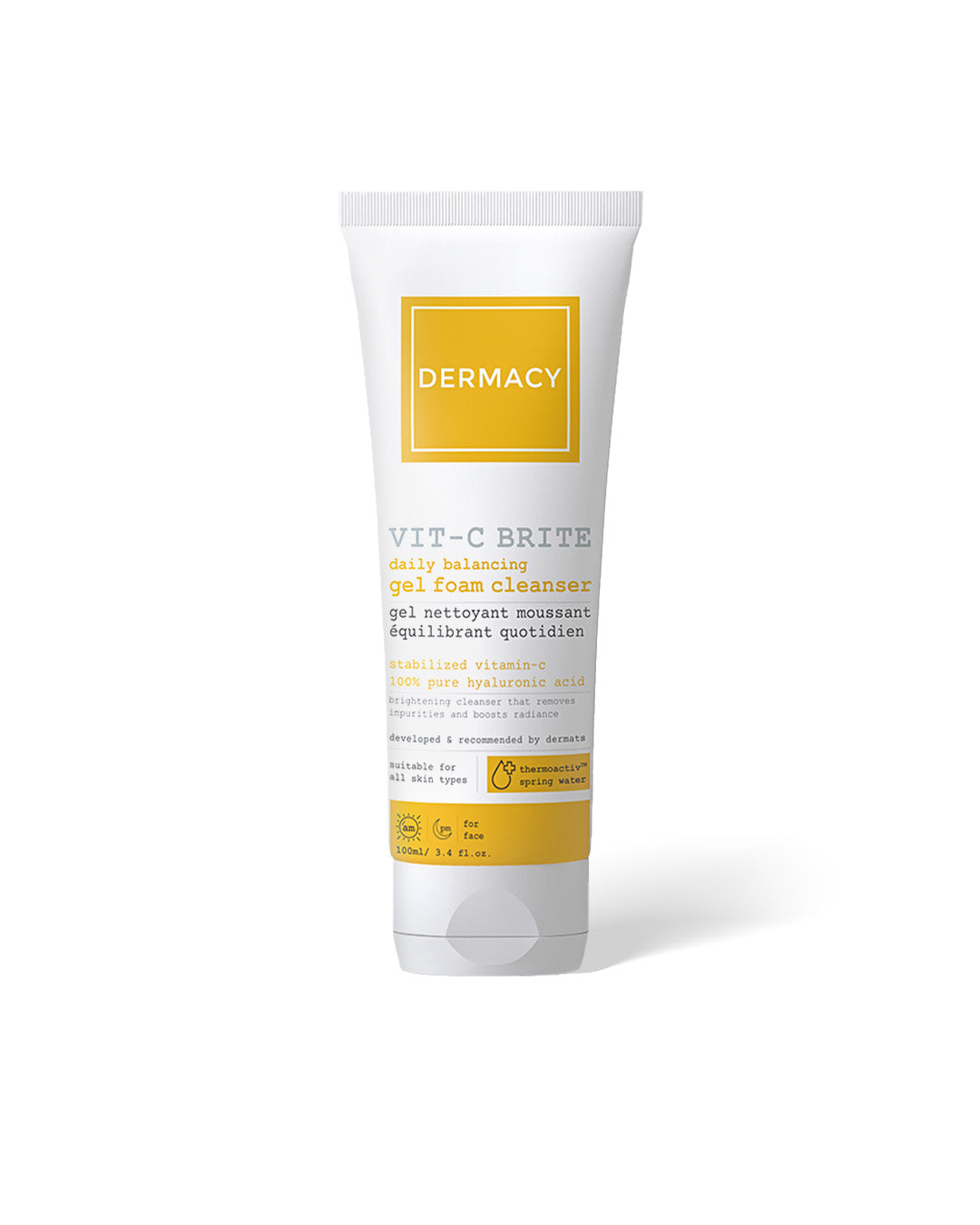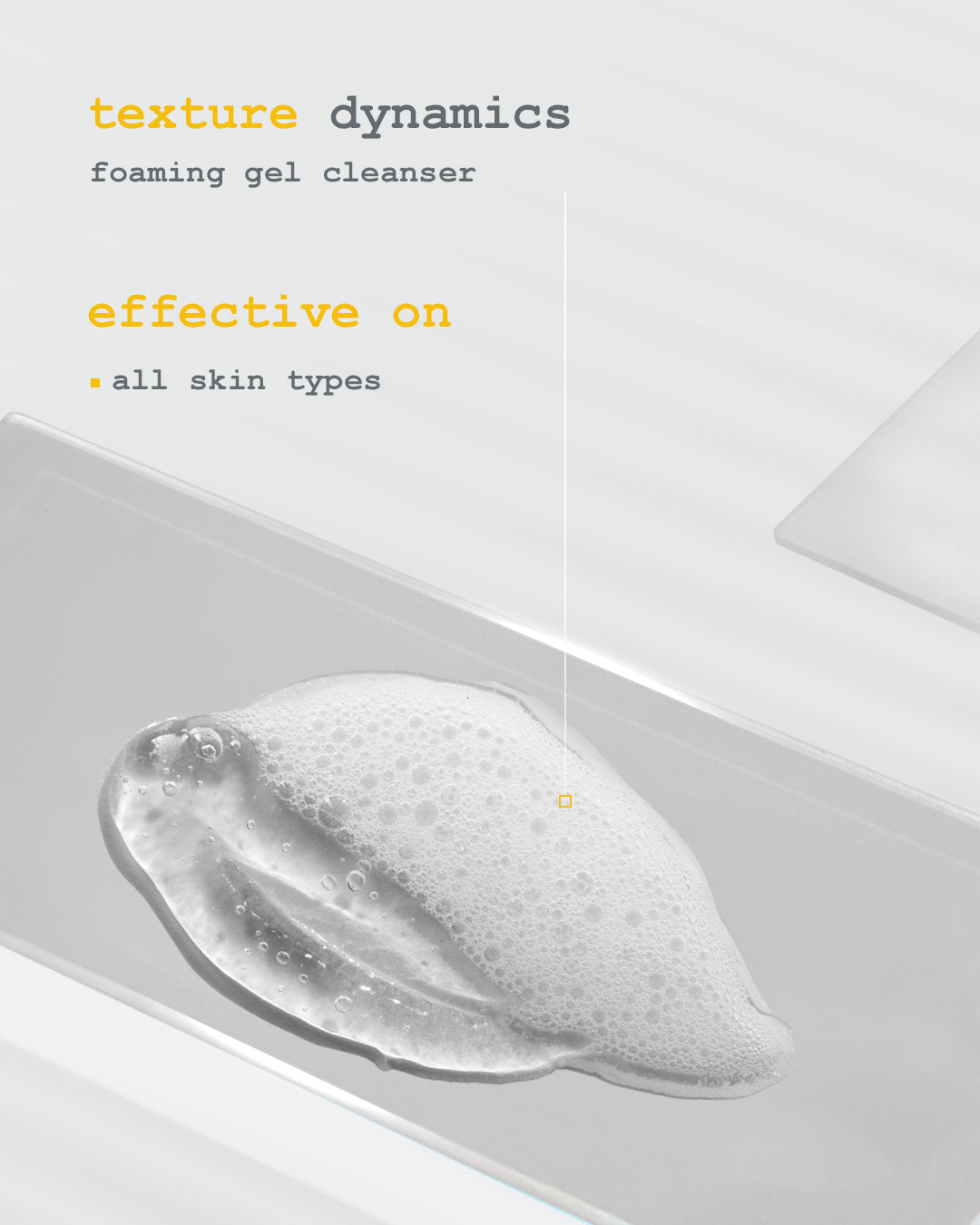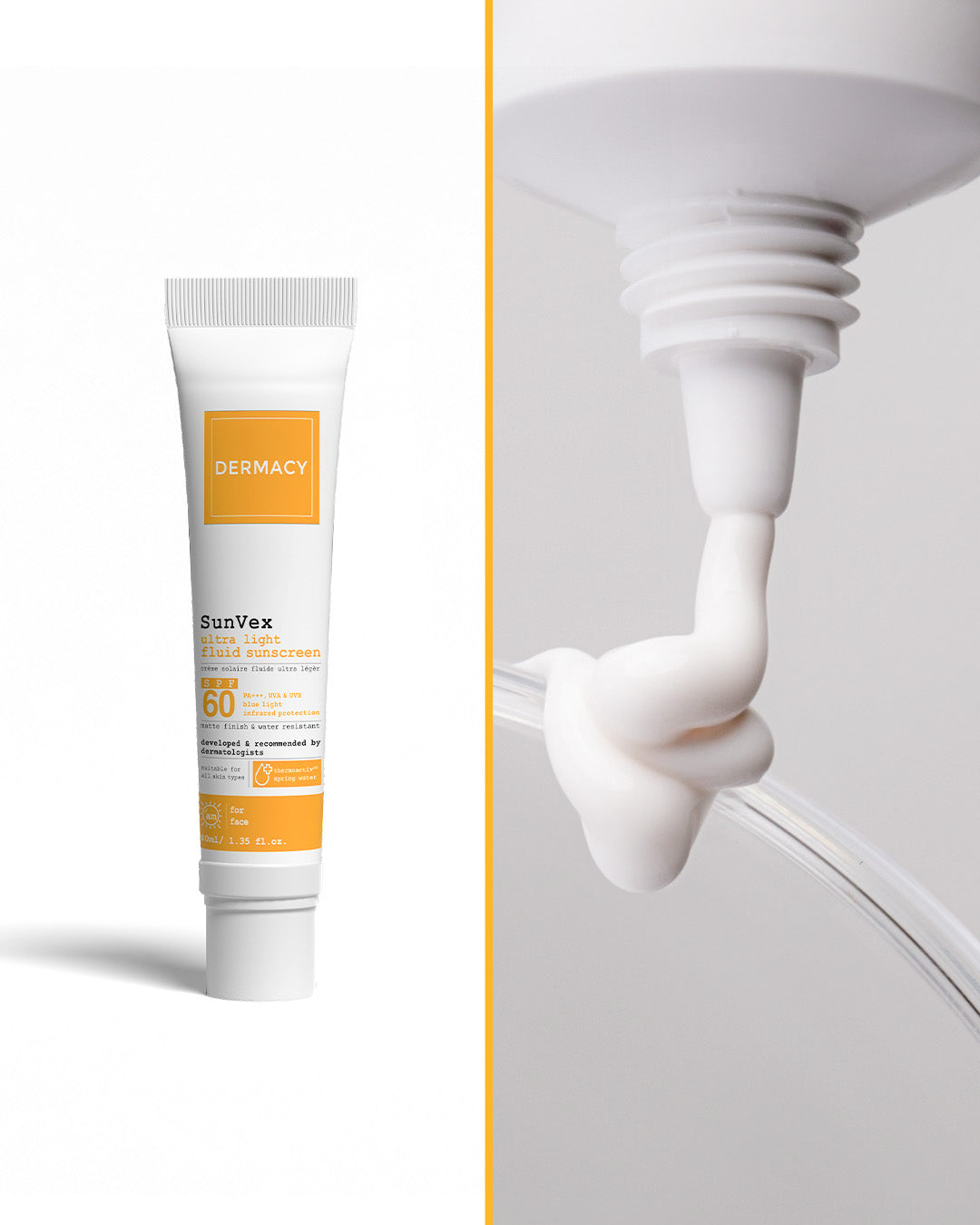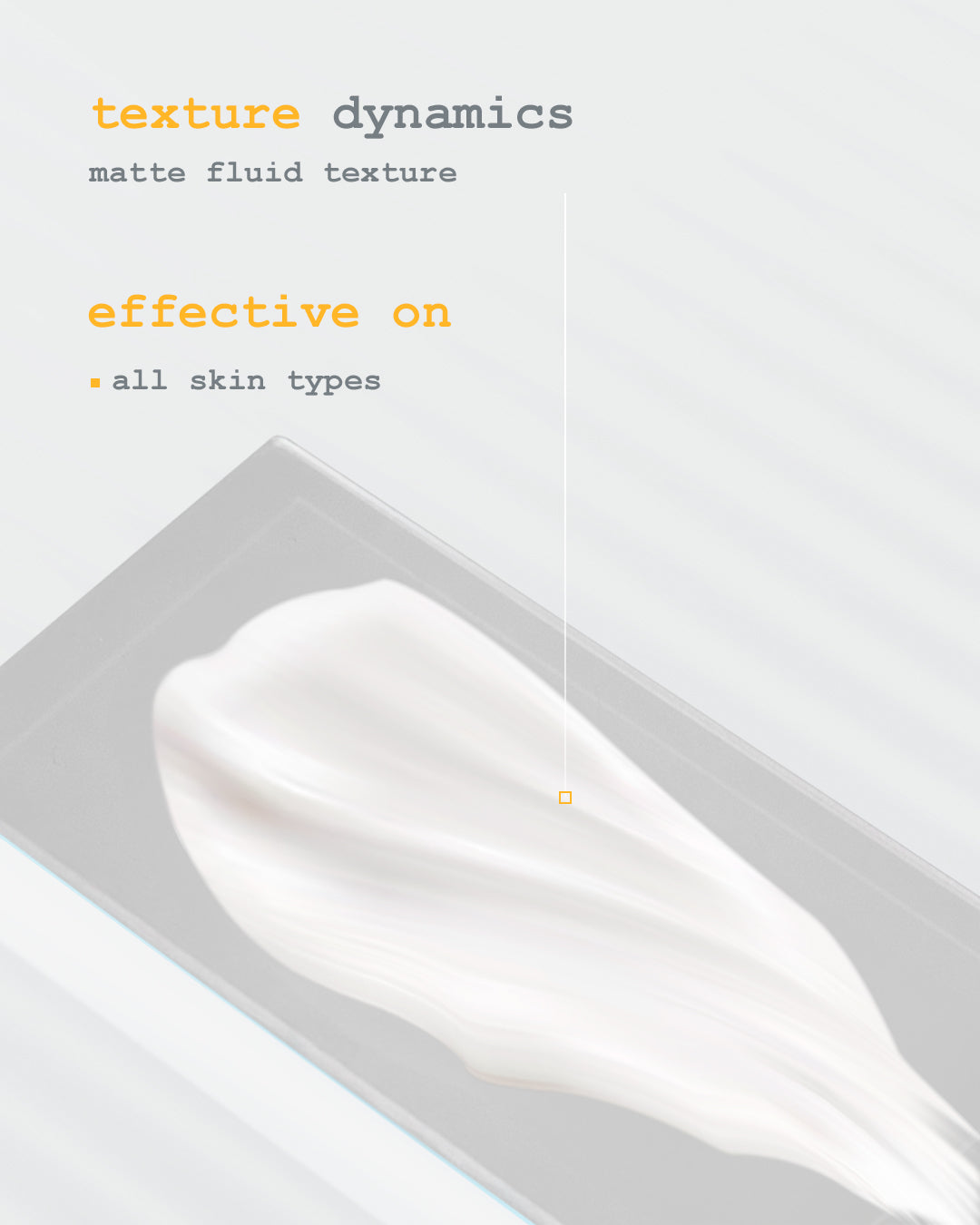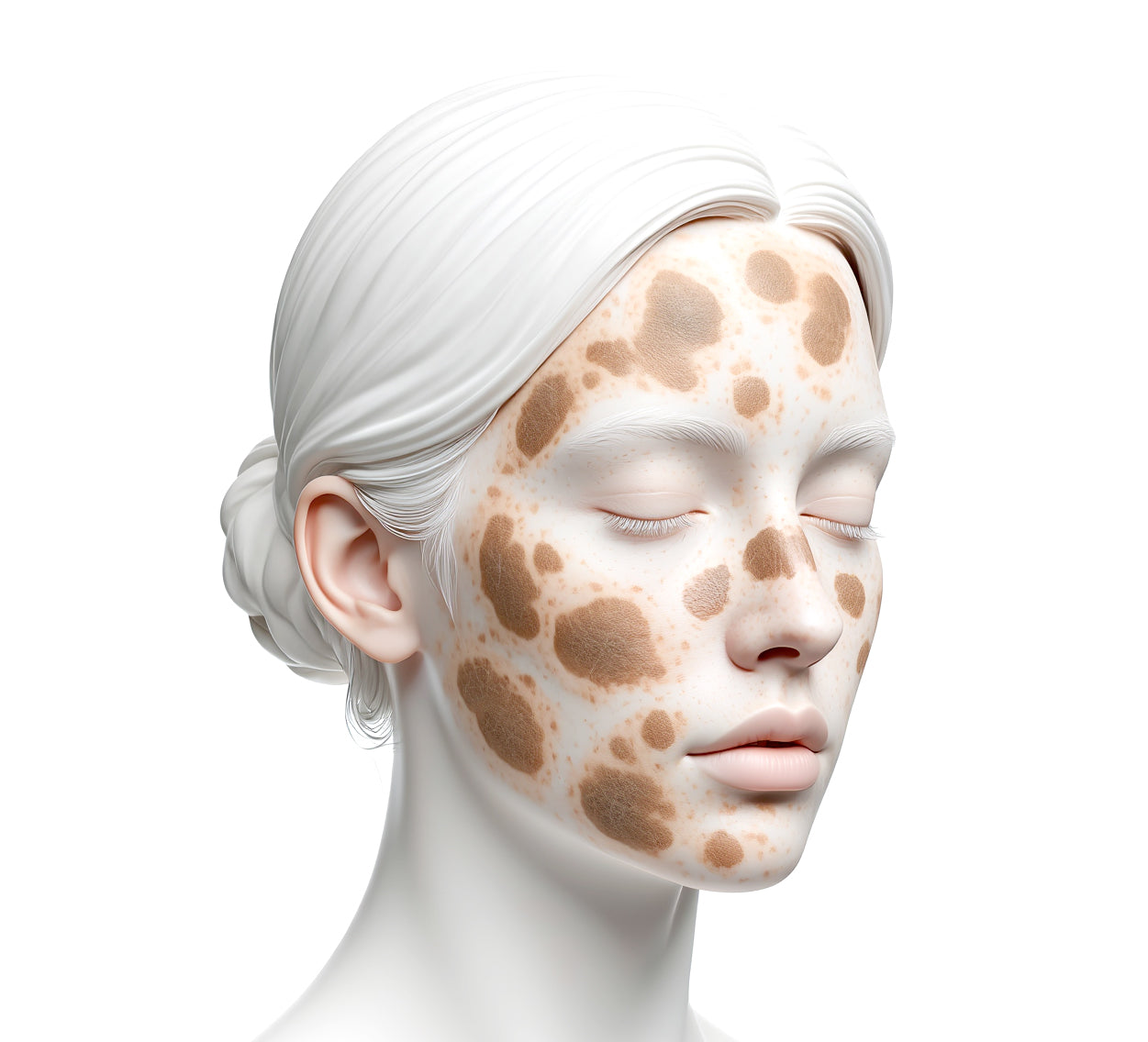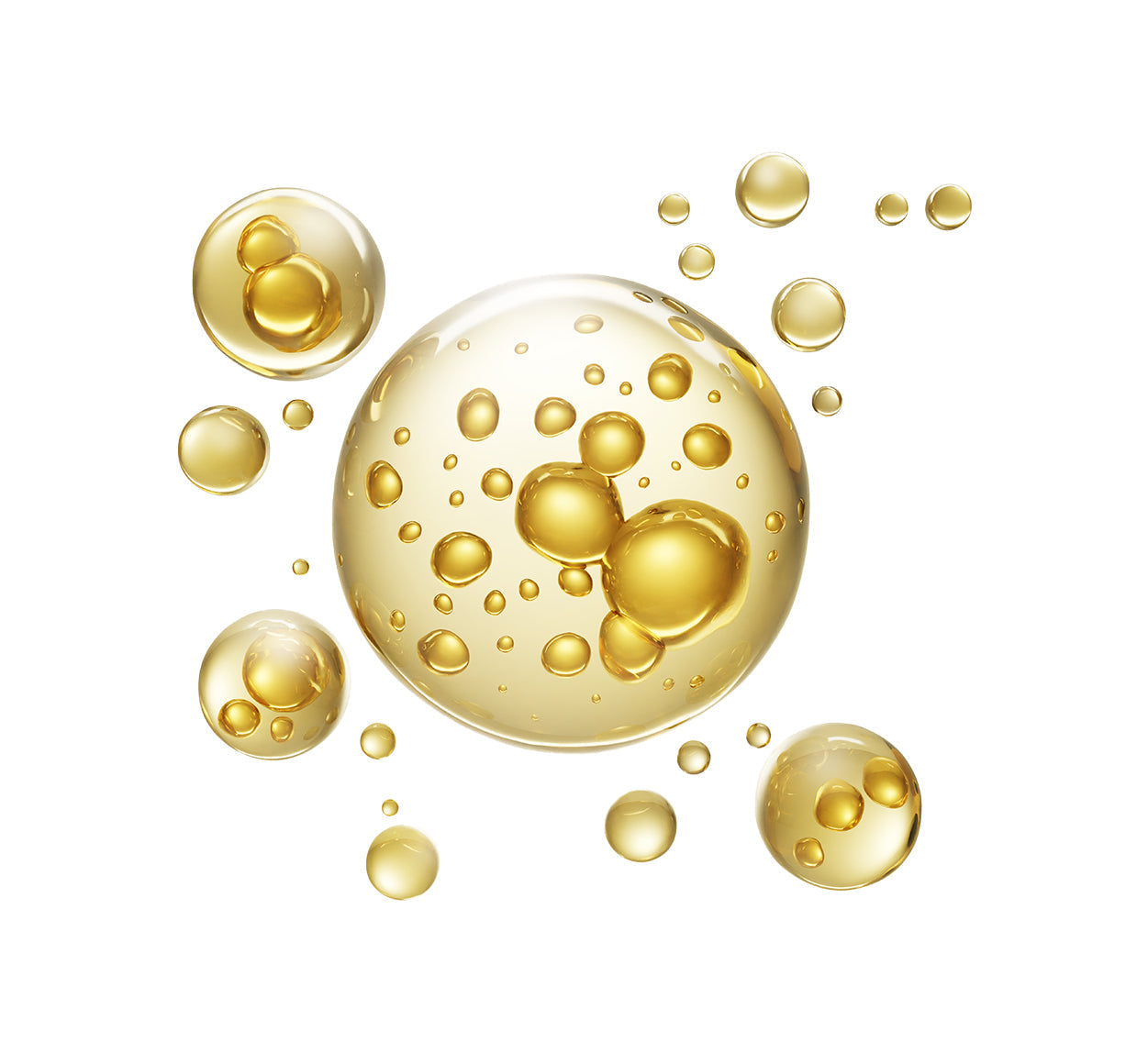Azelaic Acid: The Underrated Multi-Tasker for Clear, Even Skin
What Is Azelaic Acid?
Azelaic acid is a naturally occurring dicarboxylic acid found in grains like barley, wheat, and rye. In skincare, it's used for its anti-inflammatory, antibacterial, and melanin-regulating properties. Available in both over-the-counter and prescription strengths, it serves as a go-to for various skin concerns—especially when tolerance and efficacy are both priorities.
Azelaic Acid Benefits for Skin
✔ Targets acne-causing bacteria and reduces breakouts
✔ Calms inflammation and visible redness
✔ Improves skin tone and fades post-acne marks
✔ Gently refines texture without aggressive exfoliation
✔ Suitable for rosacea-prone or sensitive skin
Whether used as a cream or azelaic acid serum, this ingredient is clinically proven to manage mild-to-moderate acne, pigmentation, and uneven skin texture.
How Azelaic Acid Works
Azelaic acid tackles skin concerns on multiple levels. It:
- Kills Propionibacterium acnes (the bacteria behind acne)
- Reduces inflammation that contributes to redness and sensitivity
- Inhibits tyrosinase, an enzyme involved in melanin production, helping fade hyperpigmentation
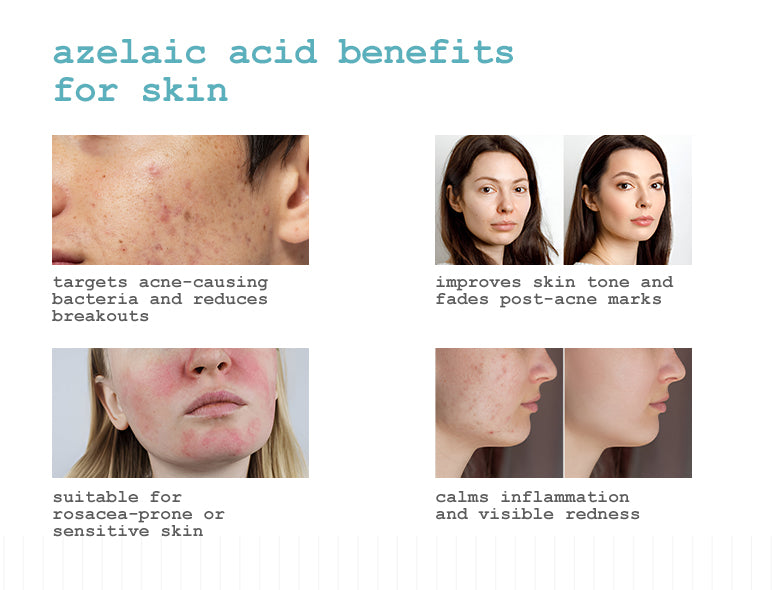
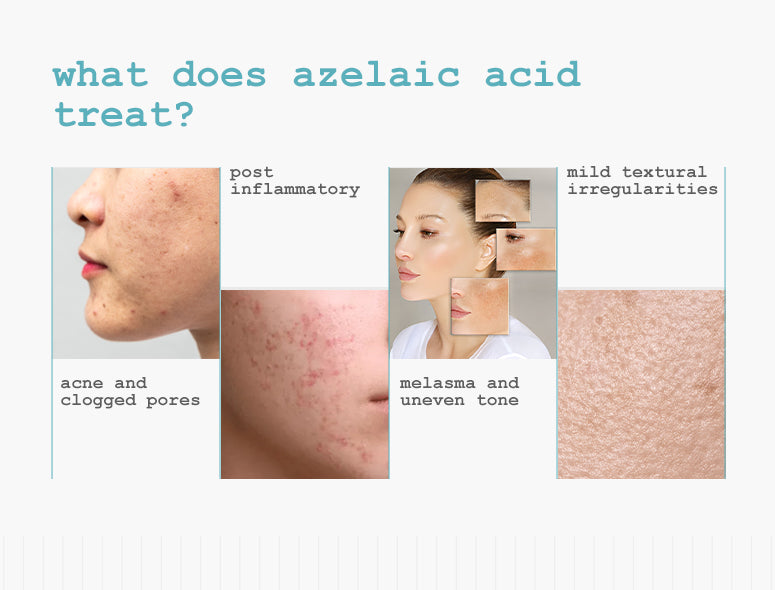
What Does Azelaic Acid Treat?
- Acne and clogged pores
- Post-inflammatory hyperpigmentation (PIH)
- Melasma and uneven tone
- Rosacea and facial redness
- Mild textural irregularities
How to Use Azelaic Acid in Your Routine
Knowing how to use azelaic acid properly enhances both results and tolerability:
- Apply azelaic acid cream or serum once or twice daily, depending on skin’s tolerance
- Use on clean, dry skin before moisturizer
- Pair with calming actives like niacinamide, ceramides, or hyaluronic acid
- Avoid layering with AHAs, BHAs, or retinoids in the same routine—especially if you’re new to actives
- Always finish with SPF during the day
Final Takeaway
Azelaic acid offers a well-rounded, low-irritation solution for multiple skin issues—from acne to pigmentation. Its antibacterial, anti-inflammatory, and melanin-regulating actions make it one of the most versatile actives in dermatology.
Whether you're introducing it as an azelaic acid cream or opting for a brightening serum with vitamin C and azelaic acid, consistency is key. Over time, you'll see clearer, calmer skin—without the risk of barrier disruption.





